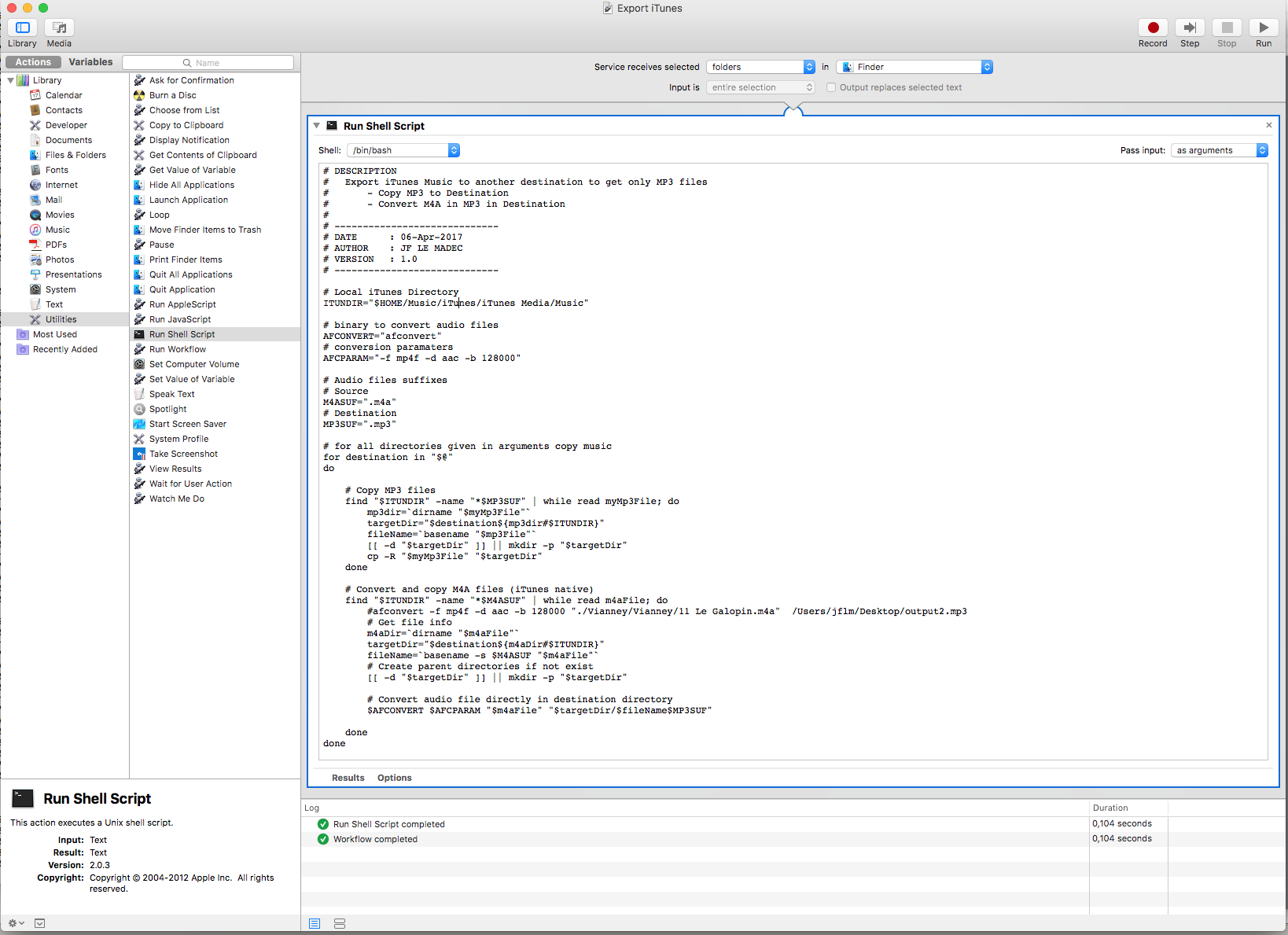

Synopsis: ffmpeg -i -ss -t use FFmpeg cut mp4 video without re-encodingįfmpeg -i source.mp4 -ss 00:00:05 -t 00:00:10 -c copy cut_video.mp4 $ ffmpeg -i example.mp4 -f webm -c:v libvpx -b:v 1M -acodec libvorbis example.webm -hide_bannerĭo you need to cut video with re-encoding or without re-encoding mode? You can try to following below command.

$ ffmpeg -f image2 -i image%d.jpg imagestovideo.mpg Convert mp4 to webm

$ ffmpeg -i video.flv image%d.jpg Convert Images into a Video Ls * | perl -ne 'print "file $_"' | ffmpeg -f concat -i -c copy merged.mp4 Split a Video into Images You can get the list of supported formats with:Ĭonvert WAV to MP3, mix down to mono (use 1 audio channel), set bit rate to 64 kbps and sample rate to 22050 Hz:įfmpeg -i input.wav -ac 1 -ab 64000 -ar 22050 output.mp3Ĭonvert any MP3 file to WAV 16khz mono 16bit:įfmpeg -i 111.mp3 -acodec pcm_s16le -ac 1 -ar 16000 out.wavĬonvert any MP3 file to WAV 20khz mono 16bit for ADDAC WAV Player:įfmpeg -i 111.mp3 -acodec pcm_s16le -ac 1 -ar 22050 out.wavįor i in *.mp3 do ffmpeg -i "$i" -acodec pcm_s16le -ac 1 -ar 22050 "$.mp3" done Merge Multiple Videosįile names in folder, if they contain spaces, must be properly escaped ffmpeg -i input.webm -c copy output.mp4 This will copy the VP9/VP8 video and Opus/Vorbis audio from WebM to MP4. Minimal example: transcode from MP3 to WMA: Once you have that list and the files in proper format, you can use whatever method you choose to deliver them to your media source player. Ffmpeg Converting Audio into Different Formats / Sample Rates ffmpeg -i bunny.mp4 -f hls -hlssegmenttype fmp4 -c:v copy playlist.m3u8 will generate a playlist file that lists the files, an init.mp4, and the video segments.


 0 kommentar(er)
0 kommentar(er)
